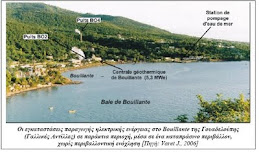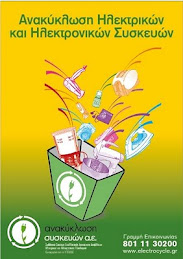In 1915, Einstein explained that gravity arises because massive bodies warp space and time, or spacetime, causing free- falling objects to follow curved paths such as the arc of a thrown ball or the elliptical orbit of a planet around its sun. Einstein then calculated that a barbell-shaped distribution of mass whirling end-to-end like a baton should radiate ripples in spacetime that zip along at light speed—gravitational waves. On 11 February, physicists working with the Laser Interferometer Gravitational-Wave Observatory (LIGO)—twin instruments in Hanford, Washington, and Livingston, Louisiana—announced that they had seen just what Einstein predicted: a burst of waves created as two black holes spiraled into each other 1.3 billion light- years away.
The triumph was hard earned. Einstein himself vacillated for decades over whether gravitational waves should exist. Even if they did, the only source Einstein could imagine, two orbiting stars, would produce waves too feeble to detect. By the late 1960s, however, astrophysicists knew of much denser concentrations of mass. They had spotted neutron stars and dreamed up black holes, the ultraintense gravitational fields left behind when massive stars collapse to nothing. Spiraling together, such things could, in theory, produce observable waves. In 1972, Rainer Weiss, a physicist at the Massachusetts Institute of Technology in Cambridge, set out a scheme to detect them with L-shaped optical instruments called interferometers, sowing the seed for LIGO.
Read more: http://www.sciencemag.org/news/2016/12/ripples-spacetime-sciences-2016-breakthrough-year










Δεν υπάρχουν σχόλια:
Δημοσίευση σχολίου